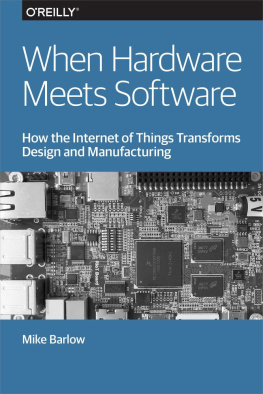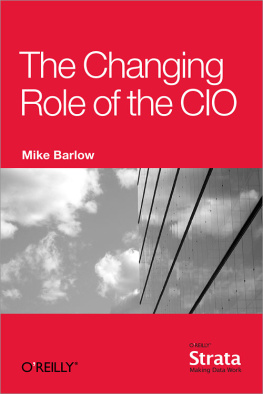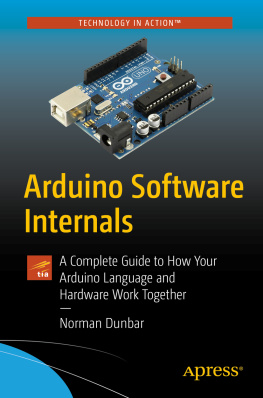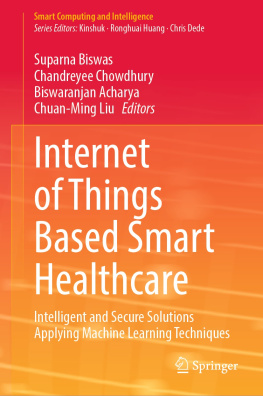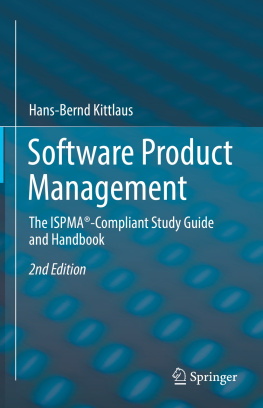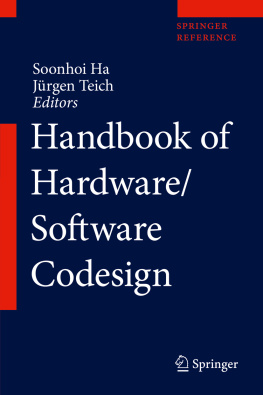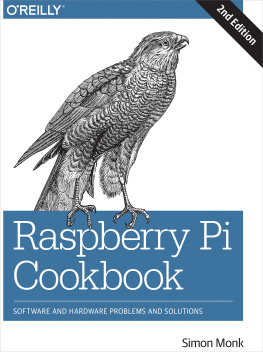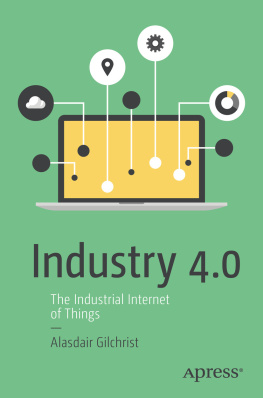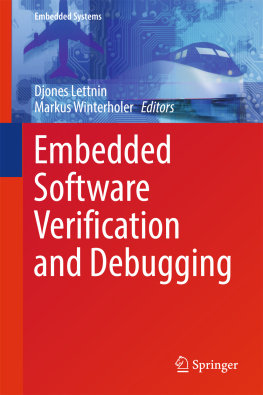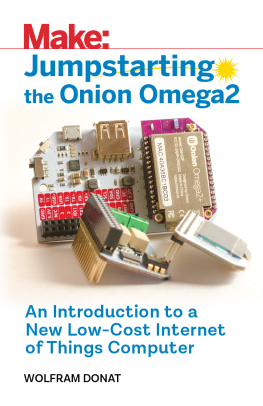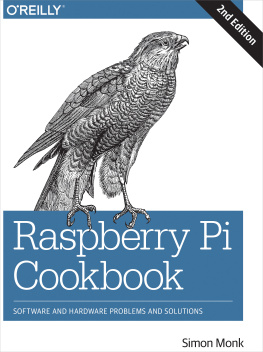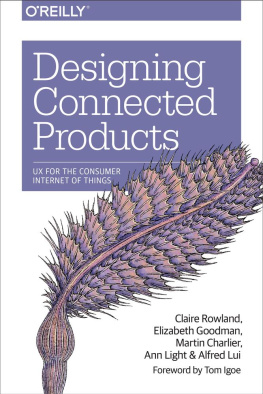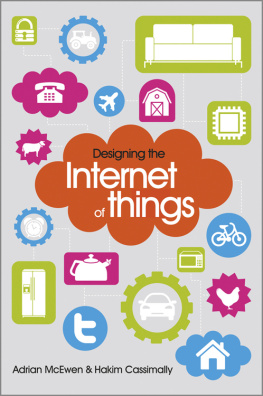In the Internet of Things, whats old is new, and whats new happens much faster.
When most of us first caught up with the Internet, it seemed like a magical door to a virtual reality played out in the infinite reaches of cyberspace. Today, it seems as though everyone is talking about the Internet in terms of its ability to get things done in the physical world of meat and machinery. We hear people talking about the Internet of Things, the Industrial Internet, and the Internet of Everything.
Is the Internet a wonderful rabbit hole into the infinite mind of the cosmos or the unsexy front end of a new industrial age? As Al Pacino puts it so eloquently in The Godfather Part III , Just when I thought I was out, they pull me back in.
For those of us in the trenches of the Internet counterrevolution, the apparent shift in interest from virtual to physical benefits translates to a blurring of the boundaries between software and hardware. In a global economy driven by consumer technologies, software developers need to think more like product designers and product designers need to think more like software developers.
Until relatively recently, there was no bright-line demarcation between hardware people and software people. Techies were techies, and everyone who was interested in electronics learned how to read a circuit diagram and use a soldering iron.
The rise of programmable computers spawned a new kind of techiethe software engineer. Each twist and turn of the modern industrial economy leads to increasing specialization. Technology was not exempt from this rule, and soon enough you had software developers who had never seen a finished product roll off an assembly line.
Welcome to the Age of Indie Hardware
All trends rise and fall. A new generation of smart techies has emerged to challenge the false duality of the hardware versus software paradigm. The spiritual heirs of the ham radio operators and homemade rocket enthusiasts of the 1940s and 50s have coalesced to form a maker culture that is quietly subverting the standard industrial model of product design and development.
Even if they arent the actual grandsons and granddaughters of the original hobbyists, they apply the same kind of grit, smarts and do-it-yourself confidence as earlier generations of inventors and tinkerers who labored in basements, backyards, and garages all over the world.
Unlike their predecessors, whose audiences were limited mostly to friends and family members, the new generation is sharing its inventiveness globally and selling gadgets through maker-friendly ecommerce markets such as Tindie, Make:, and Grand St.
Were increasingly seeing people who are able to support themselvesor who at least are close to supporting themselvesby selling technology theyve created, says Julia Grace, head of engineering at Tindie. Most of our sellers are people who started off as hobbyists, doing this on nights and weekends. As demand has grown, however, and as our sellers gain access to facilities and manufacturing techniques that were previously available only to people working in large companies, theyre able to produce their items faster and sell more of them.
Julia compares indie hardware markets like Tindie to Etsy, the successful ecommerce website specializing in handmade artisanal products. On Etsy, you can shop for handcrafted ceramics and jewelry; on Tindie you can shop for Doomsday Clock Shield with Rotary Encoder or Tapster, a robot designed to play Angry Birds.
Indeed, Tapster is one of indie hardwares major success stories. Designed originally for gamers, its been upgraded and adopted by large manufacturers as a low-cost machine for testing mobile apps.
Tapster was invented by Jason Huggins, a software developer who uses open source hardware technology such as Bitbeam, a modular building system similar to Lego Technic. Whats especially interesting about Bitbeam is that it can be made with a 3D printerwhich means, of course, that it is potentially scalable. When something works and can be produced in large numbers easily, watch out.
For the moment, much of whats made by the maker community is consumed largely by other makers. But the winds of change are blowing. If a handful of visionary Fortune 500 firms are using Tapster, more will surely follow in their footsteps tomorrow.
Two or three years from now, Tapster (or something like it) might be seen in retrospect as the Altair 8800 of the indie manufacturing era. If thats the case, then the Commodore 64 and Apple I of the new era are already in the wings and waiting for their cue to take the stage.
Its also quite possible that the next cool thing produced by the indie manufacturing culture wont be a computer. Grand St., launched in late 2012, is also an online market for nifty products based on cutting-edge tech. In addition to providing a market for sellers, it serves as a platform for design and development.
We offer three types of products, explains Amanda Peyton, Grand St.s CEO and cofounder. First, we have a traditional marketplace for products that are finished and ready to ship. Second, we have a beta marketplace for products from makers who want feedback from people who arent friends and family. Third, we have a pre-order marketplace for products that arent ready for shipping, but will likely ship in the next six months. Its a way to test demand for a product before it hits the market. Sometimes theres an actual prototype and sometimes theres just a rendering.
Grand St.s model offers potential consumers a view into the previously hidden universe of product design and development. In a very real sense, Grand St. pulls back the curtain, creating transparency in a process that is usually shrouded in secrecy.
The new approach isnt just about lifting the veil and showing consumers how it all works. Its based on shifting economics. The capital requirements around product development have really changed, says Amanda. Previously, you needed lots of money up front to fund an entire product development process. Now you can engage with your audience much earlier, and you can forecast the demand for products before theyve hit the market.[]
In the world of consumer electronics, for example, the impact of this new approach means that smaller teamsand fewer resourcesare required for launching new products. When you only need a couple of designers and developers working on a project, time-to-market cycles can be compressed dramatically. More important, you dont need to raise gazillions in fresh capital to set up an assembly line.
Mindset and Culture
Julia Grace grew up playing first-generation Nintendo games. Her first computer was a used Commodore 64 and she learned programming from books she found at the public library. In todays world of ubiquitous broadband connectivity and instant streaming, that makes her seem very old school. But her background and mindset are typical of the maker movement, which is essentially a 21st century variation on the pioneer cultures that stressed self-sufficiency and self-reliance in the 19th century.
Its fair to say that not everyone shares the retro-mindset and passionate enthusiasm for handcrafted small-batch technologies. A quick tour of any college dormitory reveals a startling lack of interest in any kind of technology that cant be assembled intuitively, immediately and without any tools. When was the last time you saw a college student with a soldering iron, wire strippers, or a circuit tester?

